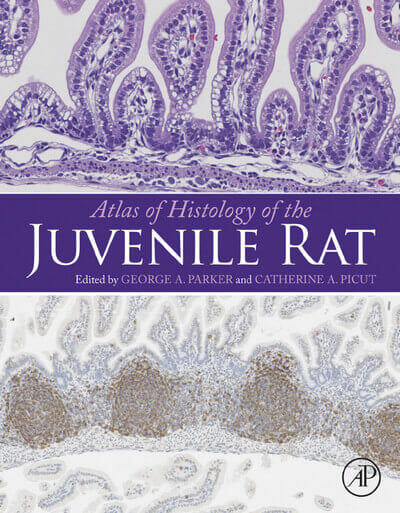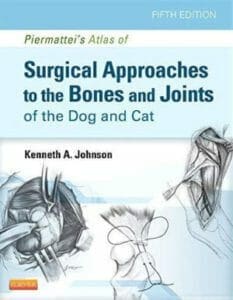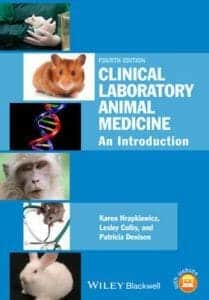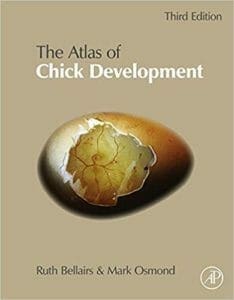Atlas of Histology of the Juvenile Rat

By George Parker and Catherine Picut
Atlas of Histology of the Juvenile Rat PDF should be of interest to toxicologic pathologists, toxicologists, and other biological scientists who are interested in the histomorphology of juvenile rats. For several decades the laboratory rat has been used extensively in nonclinical toxicology studies designed to detect potential human toxicity of drugs, agrochemicals, industrial chemicals, and environmental hazards. These studies traditionally have involved young adult rats that are 8-10 weeks of age as studies are started. It is becoming increasingly apparent that children and young animals may have different responses to drug/chemical exposures, therefore, regulatory agencies are emphasizing toxicology studies in juvenile animals.
While the histologic features of organs from young adult and aged laboratory rats are well known, less is known about the histologic features of organs from juvenile rats. Final histologic maturity of many organs is achieved postnatally, thus immature histologic features must be distinguished from chemical- or drug-related effects. While this postnatal organ development is known to exist as a general concept, detailed information regarding postnatal histologic development is not readily available. The Atlas includes organs that are typically sampled in nonclinical toxicology studies and presents the histologic features at weekly intervals, starting at birth and extending through postnatal day.
This Book is Available For Premium Members Only













![Ettinger’s Textbook of Veterinary Internal Medicine 9th Edition [PDF+Videos] Ettinger’s Textbook of Veterinary Internal Medicine 9th Edition [True PDF+Videos]](https://www.vet-ebooks.com/wp-content/uploads/2024/10/ettingers-textbook-of-veterinary-internal-medicine-9th-edition-100x70.jpg)

![Textbook of Veterinary Diagnostic Radiology 8th Edition [PDF+Videos+Quizzes] Thrall’s Textbook of Veterinary Diagnostic Radiology, 8th edition PDF](https://www.vet-ebooks.com/wp-content/uploads/2019/09/textbook-of-veterinary-diagnostic-radiology-8th-edition-100x70.jpg)






